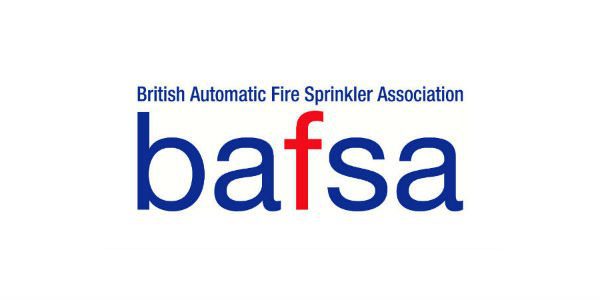On 17th March we attended a BAFSA seminar at the very picturesque Moat House in Acton Trussell, Staffordshire, focused on protecting the elderly and vulnerable from fires in residential care premises and sheltered housing.
A number of presentations were given and, as usual, many thought-provoking issues were raised.
Fire sprinklers within residential and domestic environments are a growing trend and evidence points very strongly towards their efficacy in protecting life and property.
Richard Clark of the Staffordshire Fire & Rescue Service presented on the issue of evacuation times in care homes. He led us all to wonder how it can be possible to meet a magical target evacuation time of 2.5 minutes in the middle of the night, when in reality:
- fire ‘compartments’ in care homes may include 10 rooms;
- some or all of those rooms are likely to house people with mobility or co-ordination issues, and of course asleep;
- there may only be 2 night staff, neither of which may be physically fit or strong;
- the building may be old and hard to navigate through even outside an emergency, etc.
Ritchie O’Connell, BAFSA Technical Adviser for Wales, continued the thread and in fact extended the definition of ‘vulnerable people’ beyond the old and infirm to include the young, anyone with mobility problems (including the growing population of significantly overweight), mental impairment, and those otherwise low-risk people who may be impaired through illness, drink or drugs. Ritchie iterated that all fire services he knew of strongly advocate the use of sprinklers to help protect any vulnerable member of society. One of the key problems is that no financial analysis is likely to result in pure financial justification for installing fire sprinklers; however, more often than many people realise, there are strong arguments for significant contributions along with other ‘softer’ benefits.
Keith MacGillivray, Chief Executive of BAFSA, summarised what Scotland is doing in this regard. Tragically, 14 preventable deaths at Rosepark car home in Uddingston was arguably one factor in crystallising further action – there were a number of issues determined to lead to the tragedy but it was assessed that fire sprinklers almost certainly would have prevented many of the deaths arising from an unfortunate chain of events. Scotland has required new residential care homes, sheltered housing and high-rise domestic accommodation to be fitted with sprinklers since 2005, but there are no requirements for retro-fitting or domestic systems.
Peter Dartford, Chief Fire Officer for Staffordshire Fire & Rescue Service commented that, although necessary, it’s a shame in today’s society that money has to be such a large factor compared to the safety and health of people.
Ritchie O’Connell returned to highlight action taken in Wales, which is significantly ahead of the rest of the UK. From April 2014 new/refurbished residential care homes, multiple occupation homes and hostels have had to be fitted with an approved fire suppression system, and from January 2016 this was extended to include all new and converted single family dwellings including houses and flats. Again, retro-fitting legislation would have been all but impossible, but Wales have acted ahead of real tragedy (unfortunately rarely the case – will another ‘Rosepark’ have to happen in before England takes action?).
Steve Mills, BAFSA Technical Adviser and Roger Brason, South Yorkshire Fire & Rescue Service dispelled some of the misconceptions in relation to retro-fitting fire sprinklers. Using Sheffield’s high-rise Callow Mount as an example project, not only did the annual cost over a 30-year life work out at less than £50 per flat, but the work was done with residents in situ in around 50 flats, over a period of less than a month. Following this project, Sheffield identified another group of low-rise properties which have been retro-fitted with sprinklers again with high levels of success and relatively low-cost.
In summary, the day was extremely useful in highlighting the fire and evacuation risks that vulnerable people face, the unquestionable benefits of residential and domestic fire sprinkler systems, and the fact that the cost and inconvenience of fitting or retro-fitting fire sprinklers in many types of property does not need to be high.
Surely it’s only a matter of time – but hopefully not a long time – before England realises that it really does need to catch up with its neighbours when it comes to residential fire sprinklers.

